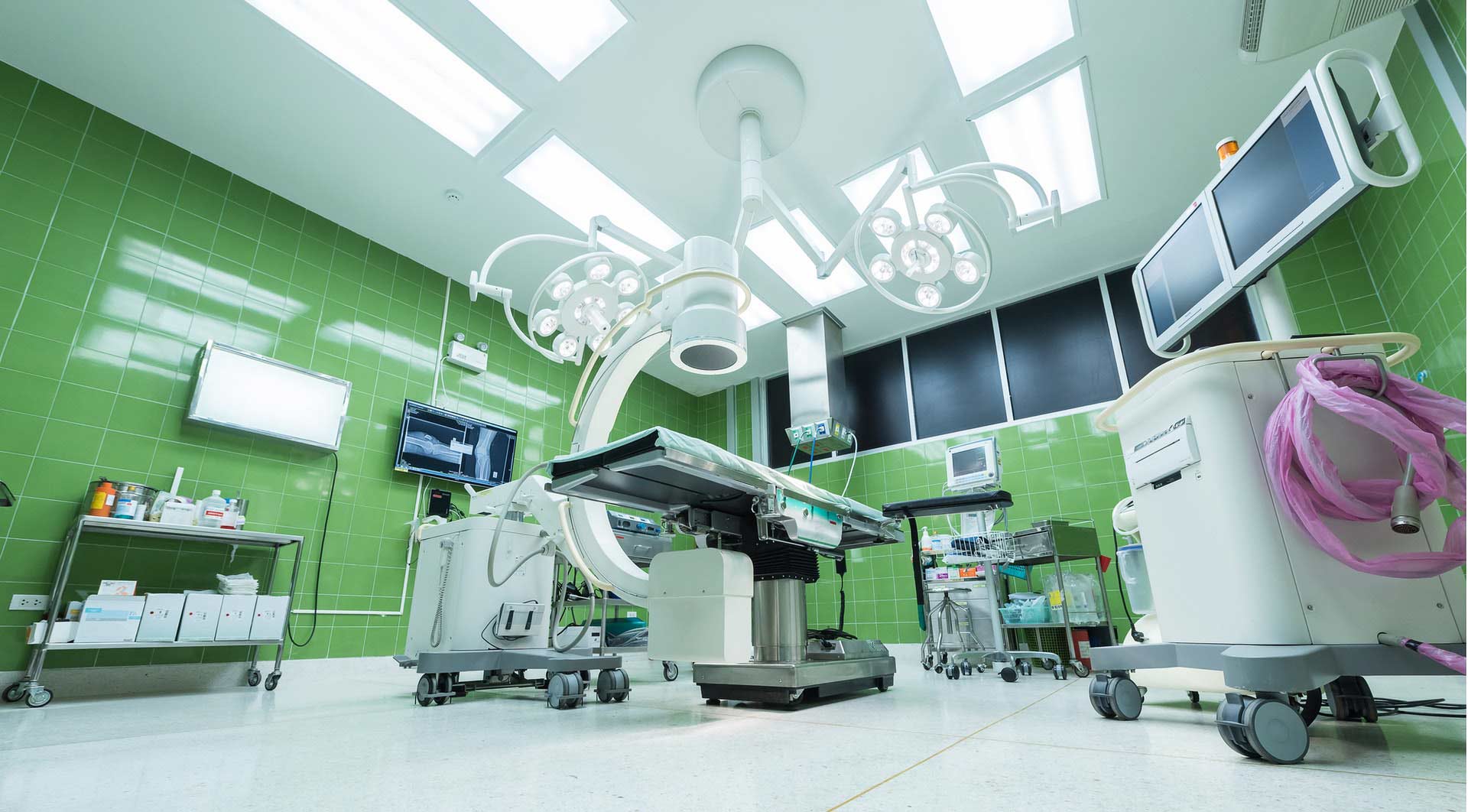Use of Ozone Generator Systems in Healthcare Settings
Unsuitability of Gaseous Ozone Generation For Use in Healthcare Settings
Use of ozone generator systems in healthcare settings is being promoted by a number of companies. There appear to be two selling points being highlighted: (1) Disinfection of rooms. (2) Removal of odours. Ozone has been evaluated by various organisations and typically rejected (1). Here we aim to explore the rationale behind this.
Background
Ozone is a pollutant yet has an important role in filtering UV in the upper atmosphere. It has been successfully used in water disinfection for many years but the activity/stability of ozone in gaseous form is markedly different to that in liquids. Here we only concern ourselves with the former. Ozone generation is typically carried out using a corona discharge system although other methods exist. Whilst there are technical differences between methods, for the purposes of this article they are treated as the same due to our interest in the resultant ozone gas.
The toxic nature of ozone was observed almost 150 years ago (2). Ozone is an effective oxidiser and workplace exposure levels are typically 1/10th that of hydrogen peroxide (3)(4). This makes effective controls paramount in order to avoid an exposure event.

Discussion
In order to discuss the use of ozone in healthcare settings, each application shall be looked at individually.
Disinfection: Studies have been carried out on the effect of gaseous ozone on pathogens with the conclusion that there is little or no effect following the use of ozone (S)(6). Some studies have shown a disinfecting action on samples in the immediate vicinity of the ozone generator (7) which can possibly be attributed to the negative ions produced by the action of the corona discharge mechanism (8).
Odour Control: The action of ozone on odours varies due to the chemical nature of the odour itself. Some odours are converted into different compounds whereas others are simply masked. In addition, some compounds are converted into other hazardous chemicals presenting a further health hazard (9).
For ozone to be effective in this regard it is used at levels far in excess of current exposure levels and therefore strict entry controls must be observed. At these high levels there is an issue with materials compatibility with some metals and plastics(lO). Some instruments have on-board ozone destructors in order to bring down the atmospheric levels of ozone at the end of the treatment cycle whereas others simply rely on a time period before re-entry. In either case this takes no account of other compounds formed by the reaction of ozone.
The multiple hazards presented by the use of gaseous ozone have led to it being banned from use in hospitals and healthcare settings in the USA(11). There are also warnings to the public about the use of domestic ozone generators (12) and use for cleaning medical devices(13).
Conclusion
There is no evidence to support use of gaseous ozone for effective disinfection in healthcare (or any other) settings. Likewise, the use of ozone for odour control can not be recommended due to the risk of exposure to ozone or other chemicals. Any systems operating at low ozone generation levels have been shown to be ineffective.
References are available, here.
